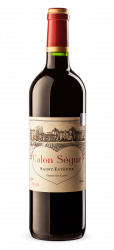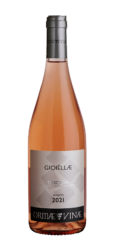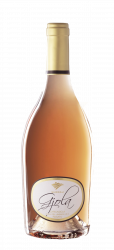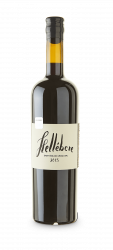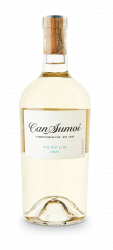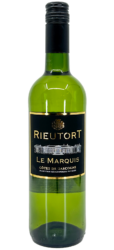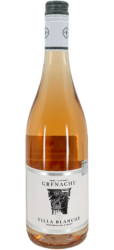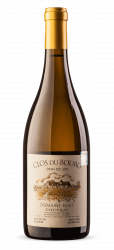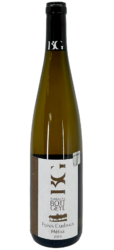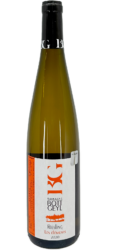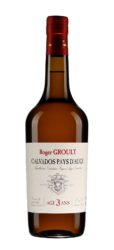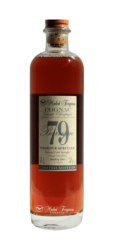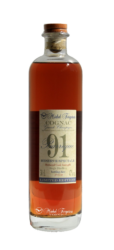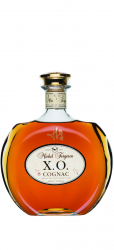Sale
Armagnac & Cognac Sale
April Special offer
“Calon Segur” 3eme Cru Classe St.Estephe 2006
“Rieutort” Colombard/Sauvignon Blanc Gascogne IGP 2022
“Rieutort” Gros Manseng Gascogne IGP 2021
“Villa Blanche Grenache” Pays d’OC IGP 2021
Anjou “En Terrasse” 2022
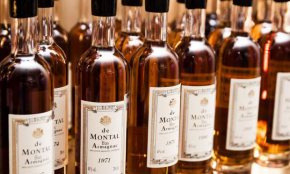
Vintage Armagnac

Gifts
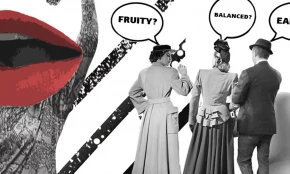
Degustations
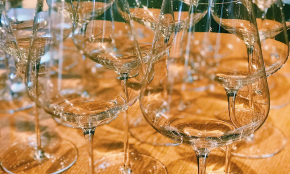
Glasses
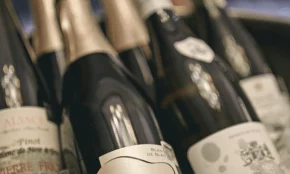
Champagne and sparkling

Sale
Special offer from us!
“Calon Segur” 3eme Cru Classe St.Estephe 2006
“Rieutort” Colombard/Sauvignon Blanc Gascogne IGP 2022
“Rieutort” Gros Manseng Gascogne IGP 2021
“Villa Blanche Grenache” Pays d’OC IGP 2021
Anjou “En Terrasse” 2022
Give a good mood
A bottle of your favorite wine in a short time at your home
When you can’t find what you’re looking for


